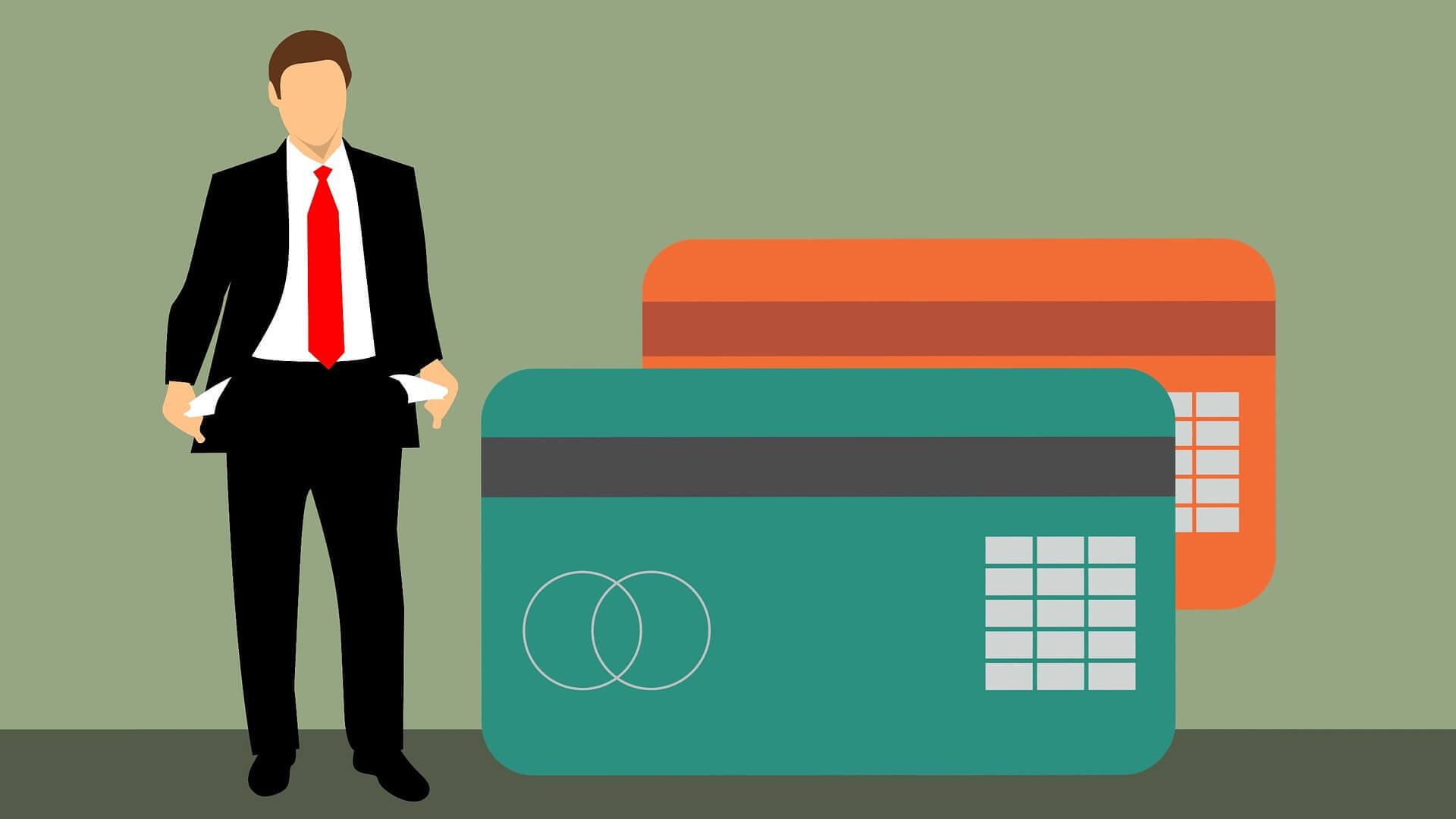Dec 10, 2025
4 min read
How to Get a Loan for a Seasonal Business in 5 Steps
Seasonal businesses face financial challenges that year-round operations often don’t. Whether...
Read story

In both personal and business finance, managing debt effectively is crucial for achieving financial stability and growth. Two popular debt repayment strategies are the debt snowball and debt avalanche methods. The debt snowball method focuses on paying off debts from the smallest to largest balance, offering quick psychological wins that can boost motivation and momentum. In contrast, the debt avalanche method prioritizes debts with the highest interest rates, aiming to reduce the overall cost of debt more efficiently.
Each approach appeals to different financial behaviors: the snowball method may be better for those needing frequent motivation, while the avalanche method suits individuals focused on minimizing interest costs. Choosing the right method depends on your financial goals, whether you’re aiming to free up cash flow for business investments or minimize long-term expenses. By understanding how these strategies operate, you can build a debt repayment plan that aligns with your objectives and fosters long-term financial health.
The snowball method is a debt repayment strategy that emphasizes paying off debts from the smallest to largest balance, regardless of interest rates. This approach leverages psychological momentum, providing quick wins that can motivate individuals to continue their debt repayment journey.
Consider the following debts:
Using the debt snowball method, you would focus on paying off Credit Card A first. After eliminating this debt, you would apply the funds previously allocated to Credit Card A to Credit Card B, and so on. This method provides quick wins, which can be highly motivating.
The primary advantage of the debt snowball method is the psychological boost it provides. Paying off smaller debts quickly can foster a sense of accomplishment and motivate you to stay committed to their debt repayment plan.
While the debt snowball method is effective for maintaining motivation, it may not be the most cost-effective strategy for those with high-interest debts. Focusing on smaller balances first can lead to higher total interest costs over time.
The debt avalanche method is a strategic approach to debt repayment that prioritizes paying off debts with the highest interest rates first. This method aims to minimize the total interest paid over time, making it the more cost-efficient option for those with significant high-interest debt.
Consider the following debts:
Using the debt avalanche method, you would focus on paying off Credit Card A first because it has the highest interest rate. Once that debt is eliminated, the funds previously allocated to Credit Card A would then be directed to the personal loan, and so on. Although it may take longer to see debts disappear initially, this method saves the most money over time.
The primary advantage of the debt avalanche method is cost efficiency. By prioritizing high-interest debt, you minimize the amount of interest paid, which can lead to significant savings over the course of your debt repayment journey. This method is ideal for individuals who are focused on financial optimization and can maintain discipline even without early, small victories.
One of the challenges of the avalanche method is the lack of immediate psychological rewards. Since you may be working on large, high-interest debts for an extended period before seeing progress, it can be harder to stay motivated. This approach requires a high level of financial discipline and the ability to remain committed to a long-term plan without regular emotional reinforcement.
Choosing between the debt snowball and debt avalanche methods depends on your financial goals, personality, and circumstances. Both approaches have their strengths, and the right choice for you will ultimately depend on what motivates you to stay committed to your debt repayment plan.
Some people choose to blend the two methods. For instance, you might start with the snowball method to gain early momentum and switch to the avalanche method once you’ve paid off a few smaller debts. This hybrid approach provides the best of both worlds, helping you stay motivated while also minimizing interest costs in the long run.
Beyond choosing the right debt repayment method, here are some key strategies to accelerate your journey to becoming debt-free:
A well-crafted budget is the foundation of a successful debt repayment plan. Outline all your income sources and essential expenses to determine how much you can allocate toward debt payments. Tracking your spending regularly will help you stay on course and make adjustments as needed to maximize your repayment efforts.
While paying off debt is crucial, having an emergency fund can prevent setbacks when unexpected expenses arise. Aim to save at least three to six months’ worth of living expenses. This financial cushion provides security and ensures that a sudden cost, like a medical bill or car repair, won’t derail your progress and push you back into debt.
Automating your debt payments ensures you remain consistent and avoid late fees, which can damage your credit score and add to your debt. Set up automatic payments to cover at least the minimum amount, and schedule additional payments if your budget allows. This strategy simplifies your finances and keeps you disciplined without needing constant reminders.
Increasing your income can significantly accelerate debt repayment. Consider taking on a part-time job, freelancing, or selling unused items online. Even small income boosts can make a difference when applied directly to your debt. This extra money can shorten your repayment timeline and free you from financial burdens faster.
Debt consolidation can simplify your repayment process by combining multiple debts into one manageable payment, often with a lower interest rate. Options include personal loans, balance transfer credit cards, or home equity loans. This can reduce the stress of juggling multiple due dates and potentially save you money on interest over time. However, make sure to research and understand the terms before proceeding.
The debt snowflake method involves making small, incremental payments whenever you have extra cash. For example, if you receive a tax refund, a bonus, or save money on a utility bill, apply those funds to your debt immediately. These micro-payments may seem insignificant, but they add up and can make a noticeable impact on your debt repayment progress over time.

Dec 10, 2025
4 min read
Seasonal businesses face financial challenges that year-round operations often don’t. Whether...
Read story

Dec 08, 2025
5 min read
Running an e‑commerce business may not come with the overhead of...
Read story

Nov 19, 2025
4 min read
Getting denied for a business loan because of your credit score...
Read story

A funding specialist will get back to you soon.
If you can’t hang on then give us a call at (844) 284-2725 or complete your working capital application here.